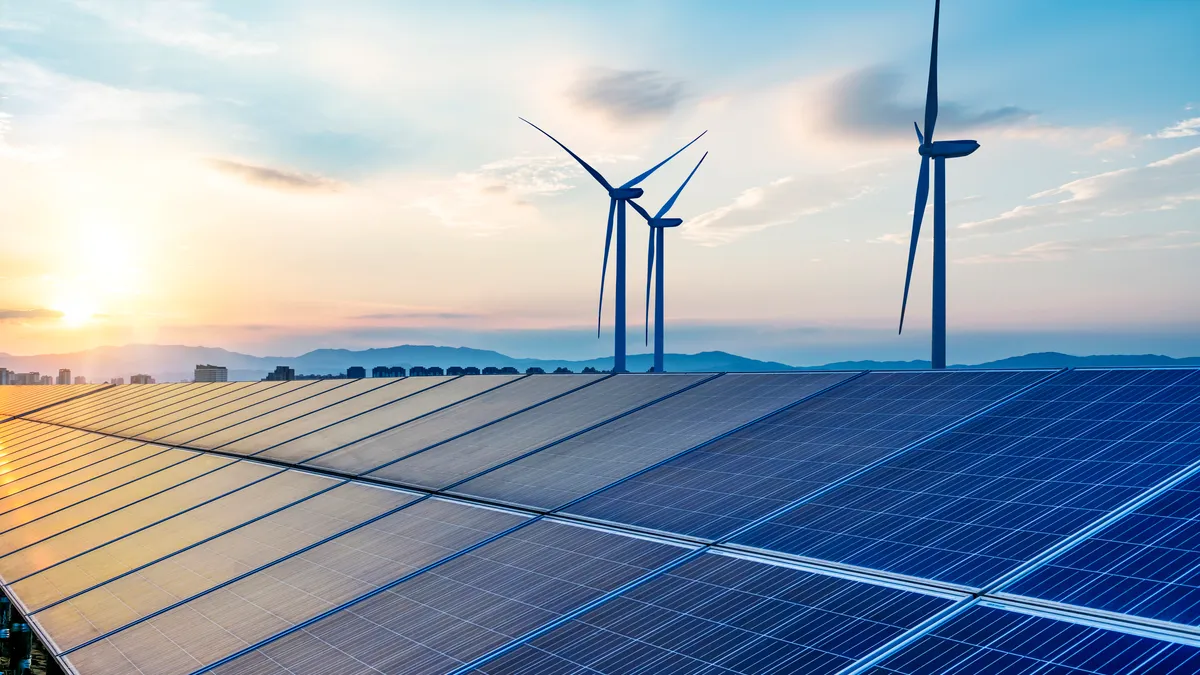As the up-front costs of clean energy technologies continue to fall, attention is turning to lifetime system costs and how they affect the long-term profitability of large-scale distributed energy resources (DERs). Not surprisingly, these systems drive better financial returns by generating electricity reliably — day in and day out — without costly maintenance or failures. So, the question becomes, what system component is key to owning and operating a profitable system.
Research published by the Institute of Electrical and Electronics Engineers (IEEE) suggests power inverters may be the answer. Inverters convert direct current (DC) generated by solar modules, batteries, or other generating technologies into the alternating current (AC) transmitted through the electric grid. One study found that inverters were responsible for the most operation and maintenance service calls at photovoltaic (PV) solar installations. 1
Rapid growth of the renewable energy industry may be partly to blame. “Inverter development has gone faster than standardization and testing,” said Daniel Friberg, director of product and engineering for Sungrow Power Supply, which makes inverters for large-scale solar and power-storage facilities in North America. “Plus, many players have entered the market with different solutions. But the industry is catching up and beginning to understand the importance of inverter design and quality.”
Inverter design: Central, string or hybrid?
Historically, large-scale solar developers had to choose between two approaches to inverter design: either a single large central inverter or numerous smaller string inverters. “Ultimately, it was a question of CapEx versus OpEx,” Friberg said. “From the CapEx perspective, a big central invert is more cost effective. But the OpEx perspective on reliability and maintenance favors string inverters.”
The lessons from the two design approaches apply to inverters for power storage systems as well. In short, if a central inverter fails, the whole system goes offline until repairs are completed. With today’s labor and supply chain problems, the potential for revenue loss caused by a central inverter failure is astronomical. By comparison, if a string inverter fails, the only generation lost is from the portion of solar or battery modules feeding into that single inverter. Yet, the upfront cost of purchasing and installing many string inverters is significantly higher.
The conundrum of central versus string inverters has led to the development of hybrid designs that aim to deliver the best of both approaches. Like central inverters, hybrids reduce upfront costs by requiring less equipment, plus installation in a central location. But like string inverters, they also have redundancy so if there’s a failure, all power generation doesn’t go offline.
“Modular design is the key to a good hybrid system,” Friberg said. “If a hybrid inverter module goes down, that would typically only cut total system generation by around 25%. But the benefits go beyond that.”
Modular design addresses industry concerns
Sungrow designed its hybrid inverter with discrete functional modules to make troubleshooting and repairs faster and more cost-effective. “Even using the highest quality parts, anything that moves —like cooling fans — are inherently more susceptible to failure,” Friberg said. “But if a fan module can quickly be swapped out by anyone with a wrench, it eases the pressures caused by today’s tight market for skilled labor.”
Friberg said Sungrow’s modular inverter design also enabled the company to automate manufacturing for ramped up production, lower costs and a reduction of human errors in assembly. With today’s supply chain issues and increasing demand driven by the Inflation Reduction Act (IRA), the renewable energy industry needs strong suppliers. “We have the largest R&D team in the industry at Sungrow, and innovations like this are part of the reason we were able to ship 47 gigawatts of inverters in 2021,” Friberg said. “It’s also a big reason why we’re the most bankable supplier of inverters.”
In November, BloombergNEF ranked Sungrow as the only “100% bankable” inverter company in its 2022 PV Module and Inverter Bankability Survey. The survey of solar industry participants includes 28 banks, funds, solar engineering contractors, independent power producers and technical advisers from around the globe. The resulting report is used as a reference by financial institutions in granting commercial credit and by developers choosing between inverter brands.
There are more than 37,000 megawatts (MW) of utility-scale solar projects currently operating, with another 112,000 MW under development, according to the Solar Energy Industry Association (SEIA). Similarly, large-scale battery storage is expected to contribute 10,000 megawatts (MW) to the U.S. power grid by 2023, according to projections by the U.S. Energy Information Administration (EIA).
1 Golnas, Anastasios. 2012. "PV system reliability: An operator's perspective." In 2012 IEEE 38th Photovoltaic Specialists Conference (PVSC) PART 2, pp. 1-6. IEEE, 2012.









